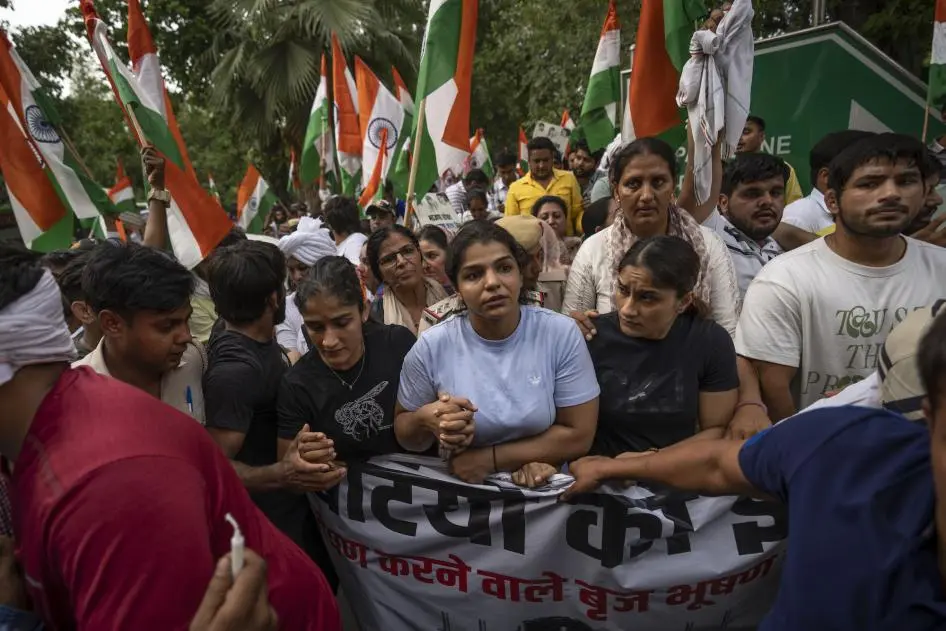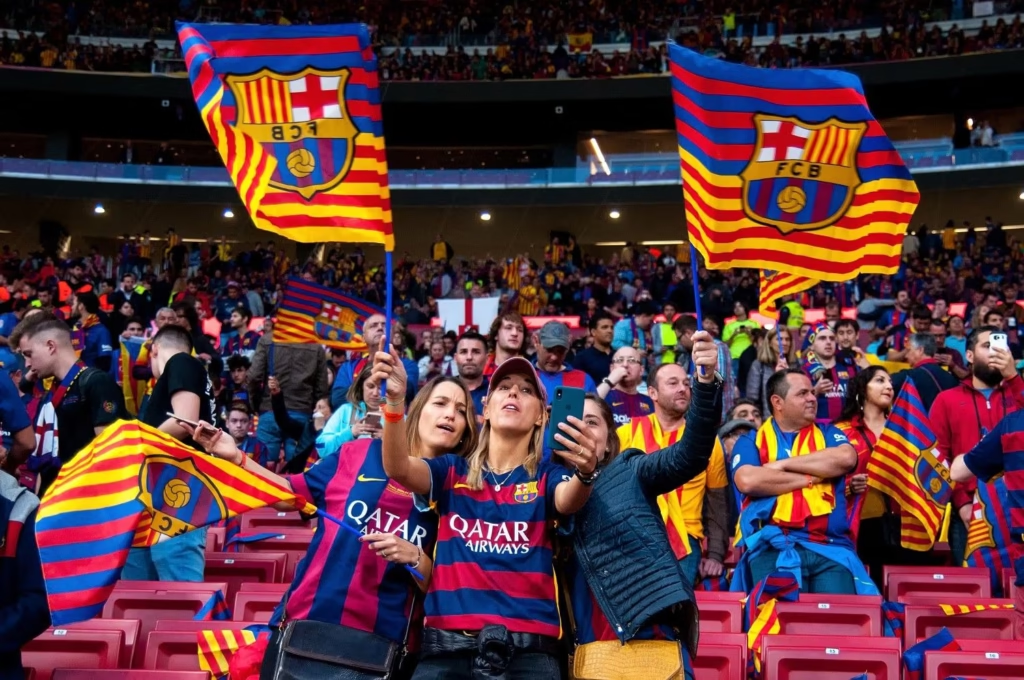Introduction: The Barrier to Sporting Excellence
India’s abysmal performance on the global sporting stage—winning just 7 medals at the Tokyo Olympics despite being the world’s most populous nation—has multiple causes. While discussions often focus on infrastructure and funding, a fundamental barrier remains largely ignored: the systematic failure to protect athletes from harassment, abuse, and exploitation. For European audiences familiar with robust athlete protection frameworks, India’s safeguarding crisis represents not just a moral failure, but a critical obstacle preventing the country from realizing its sporting potential.
A Personal Perspective: As someone who has witnessed India’s sporting landscape firsthand, I’ve seen too many promising young female athletes abandon their dreams—not due to lack of talent, but because of safety concerns. Countless girls have dropped out of training programs after experiencing harassment or inappropriate behavior from coaches and officials. Even more heartbreaking are the parents who, despite recognizing their daughter’s potential, pull them from sports entirely because they cannot trust the system to protect them. These individual tragedies, multiplied across millions of families, represent India’s greatest sporting loss—not the medals we fail to win, but the talent we fail to nurture and protect.
Understanding India’s Sports Landscape
To grasp the magnitude of safeguarding challenges, it’s essential to understand India’s unique sporting structure. Unlike the decentralized club systems common in Europe, Indian sports operate through a hierarchical federation model overseen by the Sports Authority of India (SAI)—the country’s apex sports body equivalent to UK Sport or Sport Ireland.
National Sports Federations (NSFs) govern individual sports, while corporate entities like JSW Sports, Tata Steel, and Edelweiss provide crucial funding that government resources cannot match. This creates a complex web of accountability that often leaves athletes vulnerable when things go wrong.
The Watershed Moment: Wrestlers Take to the Streets
In early 2023, India witnessed unprecedented scenes as the country’s most celebrated wrestlers—including Olympic medalists Sakshi Malik and Bajrang Punia—staged protests at Delhi’s Jantar Mantar. Their target: Wrestling Federation of India (WFI) president Brij Bhushan Sharan Singh, accused of sexual harassment by multiple female wrestlers.
The protest, which lasted months and garnered international attention, exposed several critical issues:
- Power concentration: A single individual wielding unchecked authority over an entire sport
- Lack of independent grievance mechanisms: Athletes had nowhere to turn within the system
- Political interference: The accused held significant political influence as a Member of Parliament
- Gender dynamics: Female athletes facing systemic intimidation and silencing
The wrestlers’ courage in speaking out—risking their careers and facing potential retaliation—highlighted how deeply entrenched these problems had become. Crucially, many of these athletes were among India’s few genuine medal contenders, making their treatment even more damaging to the country’s sporting prospects.
 ” It is the misfortune of the country that daughters who win medals will be dragged on the streets and the son of the person who sexually exploits them will be honored. “
” It is the misfortune of the country that daughters who win medals will be dragged on the streets and the son of the person who sexually exploits them will be honored. “
– Bajrang Punia, Indian wrestler
Institutional Gaps: Where Protection Should Begin
The POSH Act Implementation Crisis
India’s Prevention of Sexual Harassment (POSH) Act 2013 mandates that all organizations with over 10 employees establish Internal Complaints Committees (ICCs). However, many sports federations either lack proper ICCs or have committees that exist only on paper.
For European readers familiar with robust safeguarding frameworks like those implemented by UK Sport or the German Olympic Sports Confederation, India’s approach appears not just fragmented and reactive, but fundamentally inadequate for building a competitive sporting nation.
Missing Safeguarding Infrastructure
Unlike European sports systems that often feature:
- Independent ombudspersons
- Mandatory background checks for coaches
- Regular safeguarding audits
- Athlete welfare officers
Indian sports federations typically lack:
- Independent oversight bodies: Most complaints are handled internally by the same federations accused of wrongdoing
- Standardized coach certification: Background checks and safeguarding training aren’t universally mandated
- Athlete education programs: Many competitors, especially from rural backgrounds, are unaware of their rights
- Mental health support systems: Psychological welfare is often overlooked entirely
Beyond Sexual Harassment: The Broader Safeguarding Crisis
Mental Health and Emotional Abuse
The safeguarding crisis extends far beyond sexual misconduct. India’s ultra-competitive sporting environment, combined with limited mental health resources, creates perfect conditions for emotional abuse and burnout.
Common issues include:
- Authoritarian coaching styles: Verbal abuse disguised as “tough love”
- Academic sacrifice: Young athletes forced to abandon education with no backup plans
- Social isolation: Athletes cut off from family and normal social development
- Performance pressure: Unrealistic expectations leading to anxiety and depression
Government Response: Progress and Persistent Gaps
Following the wrestlers’ protests, the Indian government and SAI have announced several reforms:
Positive Steps
- Formation of oversight committees for national federations
- Mandatory adoption of the SAI Code of Conduct
- Increased funding for athlete welfare programs
- Promise of independent grievance redressal mechanisms
Remaining Challenges
- Implementation gaps: Policies exist on paper but lack effective enforcement
- Resource constraints: Limited personnel and funding for comprehensive oversight
- Political interference: Continued influence of politically connected federation officials
- Cultural resistance: Deep-rooted hierarchical attitudes that resist change
International Perspectives: Learning from Global Best Practices
European sports systems offer valuable lessons for India’s safeguarding reform:
UK Model
- UK Sport’s Code for Sports Governance: Mandatory standards for funded sports
- CPSU (Child Protection in Sport Unit): Specialized safeguarding support
- Independent oversight: Sport Resolutions providing neutral dispute resolution
German Approach
- “Safe Sport” initiatives: Comprehensive prevention programs
- Athlete representation: Strong athlete voices in governance structures
- Regular audits: Systematic evaluation of safeguarding measures
Dutch Framework
- NOC*NSF guidelines: Clear safeguarding standards for all sports
- Professional development: Mandatory safeguarding training for coaches
- Incident reporting systems: Streamlined, confidential reporting mechanisms
Conclusion: The Foundation for Sporting Success
India’s sporting mediocrity isn’t just about lacking world-class facilities or coaching—it’s about failing to create environments where talent can flourish safely. The wrestlers’ protests served as a watershed moment, exposing how safeguarding failures actively undermine the country’s sporting ambitions.
For the international sports community, India represents a cautionary tale: no nation can achieve sustained sporting excellence while systematically failing to protect its athletes. The country’s rare successes come despite the system, not because of it.
India’s sporting potential remains largely untapped, but realizing it requires fundamental changes in how athletes are protected and supported. The country’s young athletes deserve better—they deserve systems that nurture their talent rather than exploit their vulnerability.
The transformation needed goes beyond better training facilities or increased funding. India must build a culture where athlete welfare and sporting excellence are seen as inseparable. Only then can a nation of 1.4 billion people begin to compete with countries a fraction of its size.
The question now is whether India will address these foundational issues or continue to wonder why it consistently underperforms on the global stage. The answer will determine whether India remains a sporting afterthought or finally becomes the power its population suggests it should be.
For European sports organizations looking to engage with Indian partners, prioritizing safeguarding standards in collaboration agreements could drive positive change while protecting all involved athletes.



